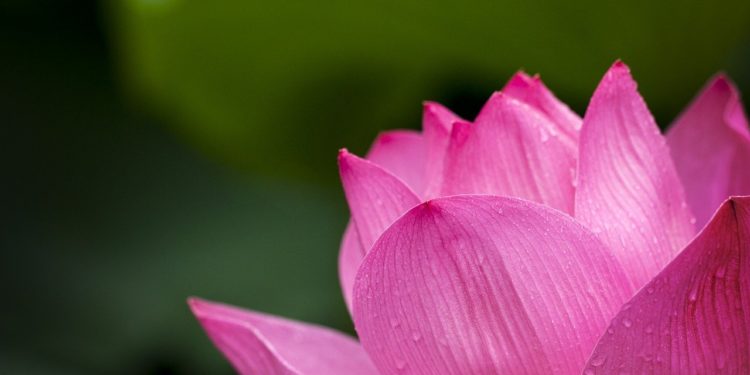What do you associate with the colour pink?
Nowadays, most would consider pink to be a girl’s colour. We’re told it’s a colour that stands for charm, politeness, sensitivity, tenderness, sweetness, childhood, femininity and romance.
So why would Voice At The Table – a gender parity and balance advocate – choose pink as its dominant colour? Doesn’t that reinforce the stereotypes attached to women and, as such, go against everything we stand for?
Not as I see it.
I chose pink to defy the stereotype and encourage others to move away from labels. We help people see beyond convention. The challenge we offer is for each of us to be confronted with something that seems straight forward and learn to understand the complexity beyond. Let’s not judge books by their covers. Let’s read the pages in between and gain a greater understanding of people and perspectives.
Let’s start with the colour pink.
 Pink didn’t start out as a colour of girls. In fact, in the 19th century, pink was a colour associated with boys. As red was the colour closely-associated with men, pink – a lighter shade of red – was the colour most often chosen for little men, as boys were then regarded.
Pink didn’t start out as a colour of girls. In fact, in the 19th century, pink was a colour associated with boys. As red was the colour closely-associated with men, pink – a lighter shade of red – was the colour most often chosen for little men, as boys were then regarded.
In June 1918, an American trade publication even wrote:
The generally accepted rule is pink for the boys, and blue for the girls. The reason is that pink, being a more decided and stronger color, is more suitable for the boy, while blue, which is more delicate and dainty, is prettier for the girl.
Pink also had different connotations in different cultures. In India, for example, pink was seen as a symbol of a “welcome embrace”, while in Japan it was the colour of masculinity and now, the colour of Spring (when the famous cherry blossoms colour Japan pink throughout). In Thailand, pink is the colour of Tuesday so anyone born on that day may wear pink on a Tuesday and adopt pink as their colour. Italy’s sports newsletter La Gazetta della Sport uses pink paper to stand out and awards a pink jersey to the winner of Italy’s biggest bicycle race.
In Catholicism, pink symbolises joy and happiness.
Nowadays, the colour is closely associated with women’s issues and empowerment, as well as the LGBTQ+ movement. And of course we all would recognise the pink ribbon as the emblem of breast cancer awareness.
I am surprised at how many different meanings the colour pink conjures up, and for all these meanings and reasons, I’m pleased to peg our name to it.




